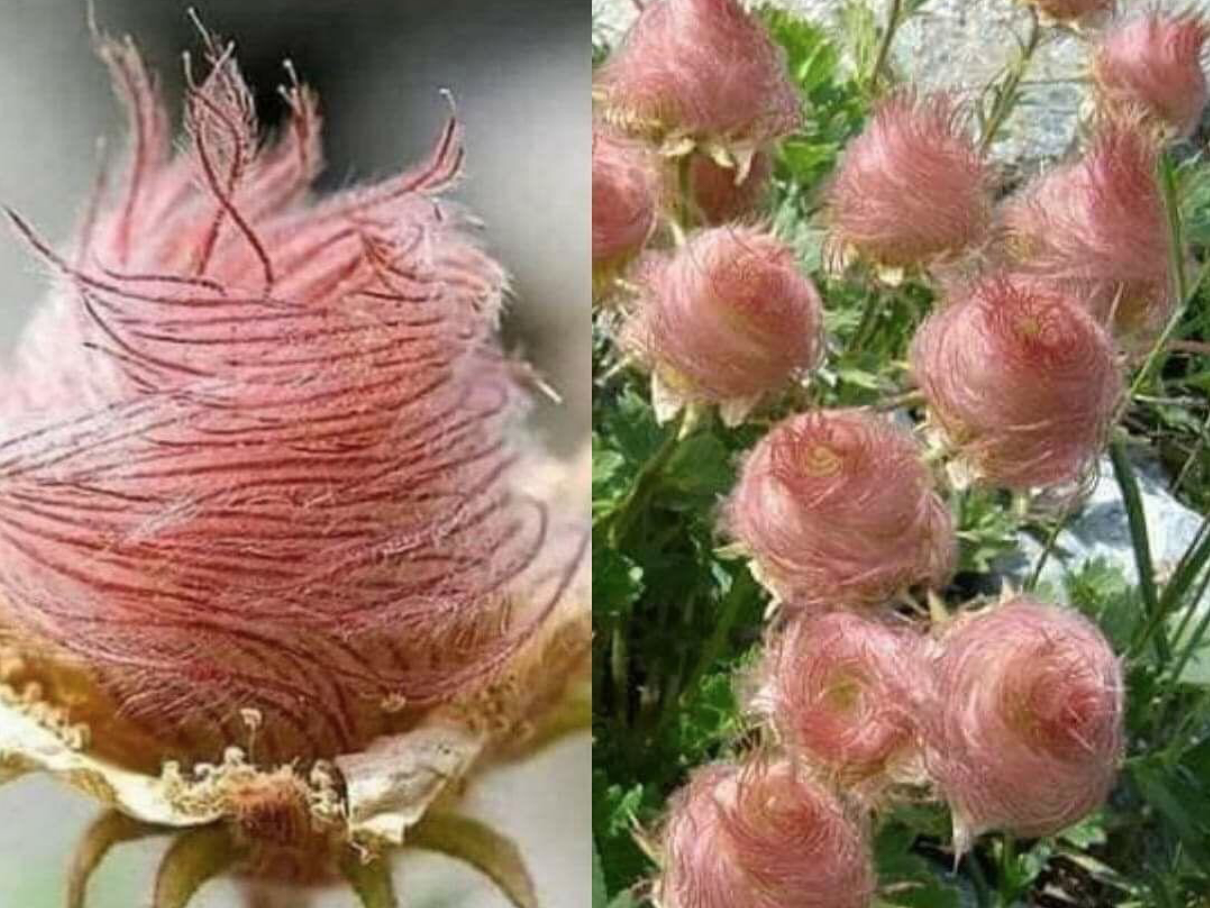Environment
These “Cotton Candy” Flowers Look Like Something From Dr Seuss
You’ll be excused for thinking you’ve stepped right into a Dr. Seuss book when you come across a field of Prairie Smoke Flowers.

(TMU) – State fairs and festivals are few and far between at the moment, as is the beloved pink cotton candy that makes fairs and festivals even more special for most of us.
You’ll know it when you see it, a field of nature’s own cotton candy to delight the soul, and you’ll be excused for thinking you’ve stepped right into a Dr. Seuss book when you come across a field of Prairie Smoke Flowers.
Geum triflorum, commonly known as Prairie Smoke (for its long plumed, wispy seedpods resembling puffs of smoke), or Old Man’s Whiskers (for the hairy covering of the seedpods), is a perennial native to North America. Growing wild from southern Canada to the central and northern United States, this hardy plant favors temperate and sub-arctic grasslands in the wild.
One of the early spring bloomers, these prairie wildflowers continue through summer with clusters of up to nine nodding rose-pink, maroon or purple flowers on each stem of 12-18’’ long. Once fertilized, the seedpods follow.
These silver-pink fluffy cloud-like pods, called achenes, are absolutely reminiscent of pink cotton candy, and even more decorative than the flowers, but not for eating!
The styles are part of the female reproductive organs and stretch in the fruit, forming plumes of close to three inches long. After pollination these stems turn upright and by the time the tufted fruit appear, the feathery heads look like smoke wafting away.
The seed heads remain on the plant for several weeks and turn a golden color and when they dry completely, are lifted and dispersed by the wind.
Sadly, these beautiful wildflowers are becoming scarce in their natural habitat due to stronger naturalized invaders and ever encroaching human development.
Prairie Smoke is not difficult to grow and you can keep these delightful ‘cotton candy’ flowers alive in your own garden quite easily where they’ll thrive in full sun and rocky or sandy soil with moderate moisture, a southern or western exposure is preferred.
Perfect for a dense ground cover, which is useful for controlling weeds and a lovely plant to add to garden beds and borders with other native wildflowers who prefer dry summers.
On growing Prairie Smoke from seed, the University of Wisconsin-Madison’s Master Gardener Program webpage advises:
“Triflorum can be grown from seed sown in the spring. Seed started indoors should be stratified for 4-6 weeks. Plants started inside in late February should be ready to plant outside in late May. Autumn sowing outdoors can be successful and this plant may also self-seed, but it is a poor competitor, so is easily out-competed by other more aggressive native or introduced plants. To encourage volunteer seedlings, keep other plants from growing too close to the seedlings.”
Plants can be propagated by division in early spring, after flowering or in the fall. Large clumps in gardens can be divided every 3-4 years to maintain vigor, but those established in prairies can be left alone.:”
Typos, corrections and/or news tips? Email us at Contact@TheMindUnleashed.com
